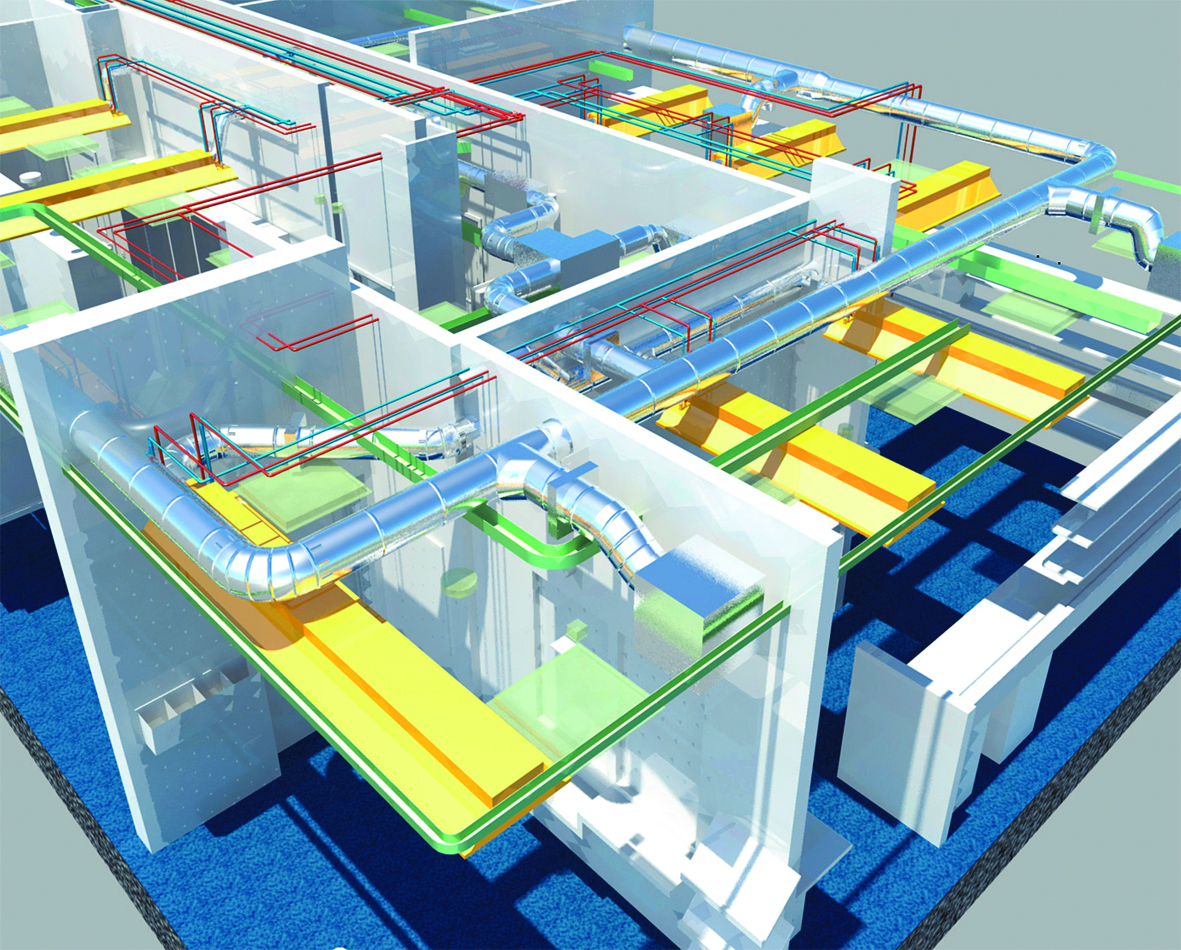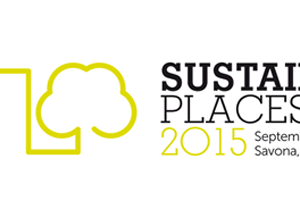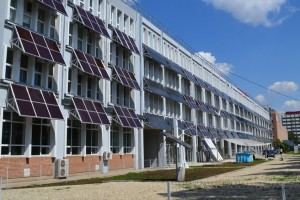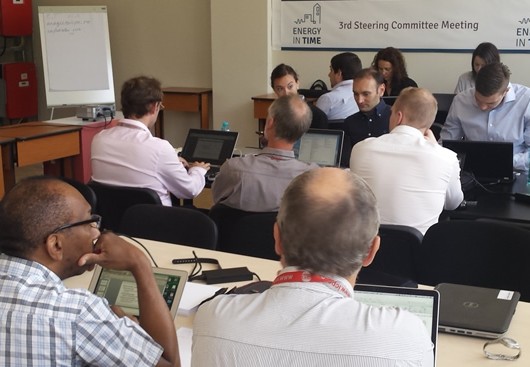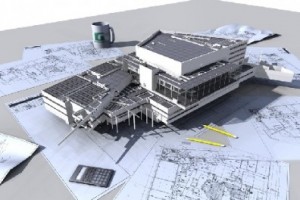
UGR, member of the EiT project, develops an extension for Building Information Models that supports imprecise knowledge management
The Building Information Model (BIM) is a three-dimensional representation of the conceptual elements of a building –floors, walls, windows, etc.–, their properties, and the relations among them. The BIM has become a key tool to achieve successful communication between the agents involved in the building life-cycle (architects, contractors, owners, facility managers, etc.), since it provides a visual and centralized information repository. Open standards for encoding BIM data, such as the Industry Foundation Classes (IFC), have contributed to expand its adoption, but they have limited capabilities for cross-domain information integration and query.
To address these challenges, the Linked Building Data initiative promotes the use of Semantic Web technologies in order to create more interoperable BIMs. The Semantic Web is an extension of the current web in which the contents of documents are described with computable languages; for example, we can explicitly represent that “Don Quijote” is a “novel” (a kind of “book”), and that it is authored by “Miguel de Cervantes”. These data resources can be linked in a similar fashion as we do with documents in the web; for example, we can say that our “Don Quijote” is the same resource explained in the Wikipedia entry for “Don Quijote de la Mancha”. Such knowledge representations are called ontologies.
Based on their previous research work on the management of imprecise information in ontologies, the UGR research team participating in the Energy IN TIME project has proposed an extension of the semantic BIM that allows: (a) using natural language terms to describe building elements, such as ‘big’, ‘similar’, or ‘near’; and (b) querying the system in these same terms to retrieve, for instance, all the elements with size around a dimension value, or those that have been built with similar materials. This approach is based on Fuzzy Logic, a mathematical framework that allows machines to process statements that hold to a degree in the [0, 1] interval rather than being completely true or false, like in “the window is small with degree 0.8” (which means that the window can be considered quite small).
Specifically, the UGR team has created an expressive fuzzy ontology language to expand the capabilities of the Semantic Web version of the IFC standard, and has documented how to use a fuzzy reasoning engine in a BIM context with selected examples. This reasoning engine, named DeLorean (DEscription LOgic REasoner with vAgueNess), has been developed in collaboration with researchers of the University of Zaragoza. The resulting fuzzy semantic BIM enables new functionalities in the building design and analysis stages —namely, soft integration of cross-domain knowledge, flexible BIM query, and imprecise parametric modelling.
energy in time, UGR










